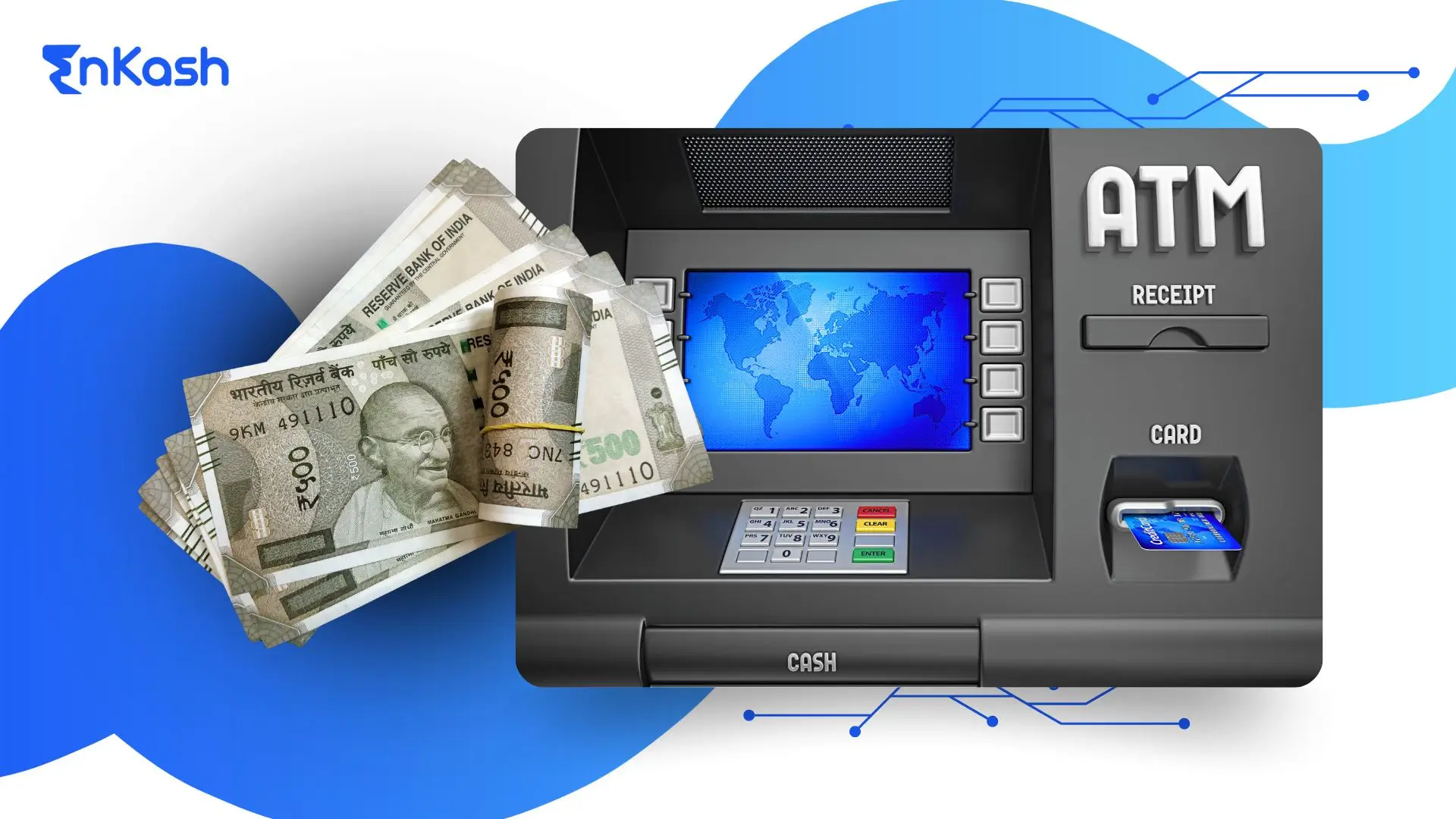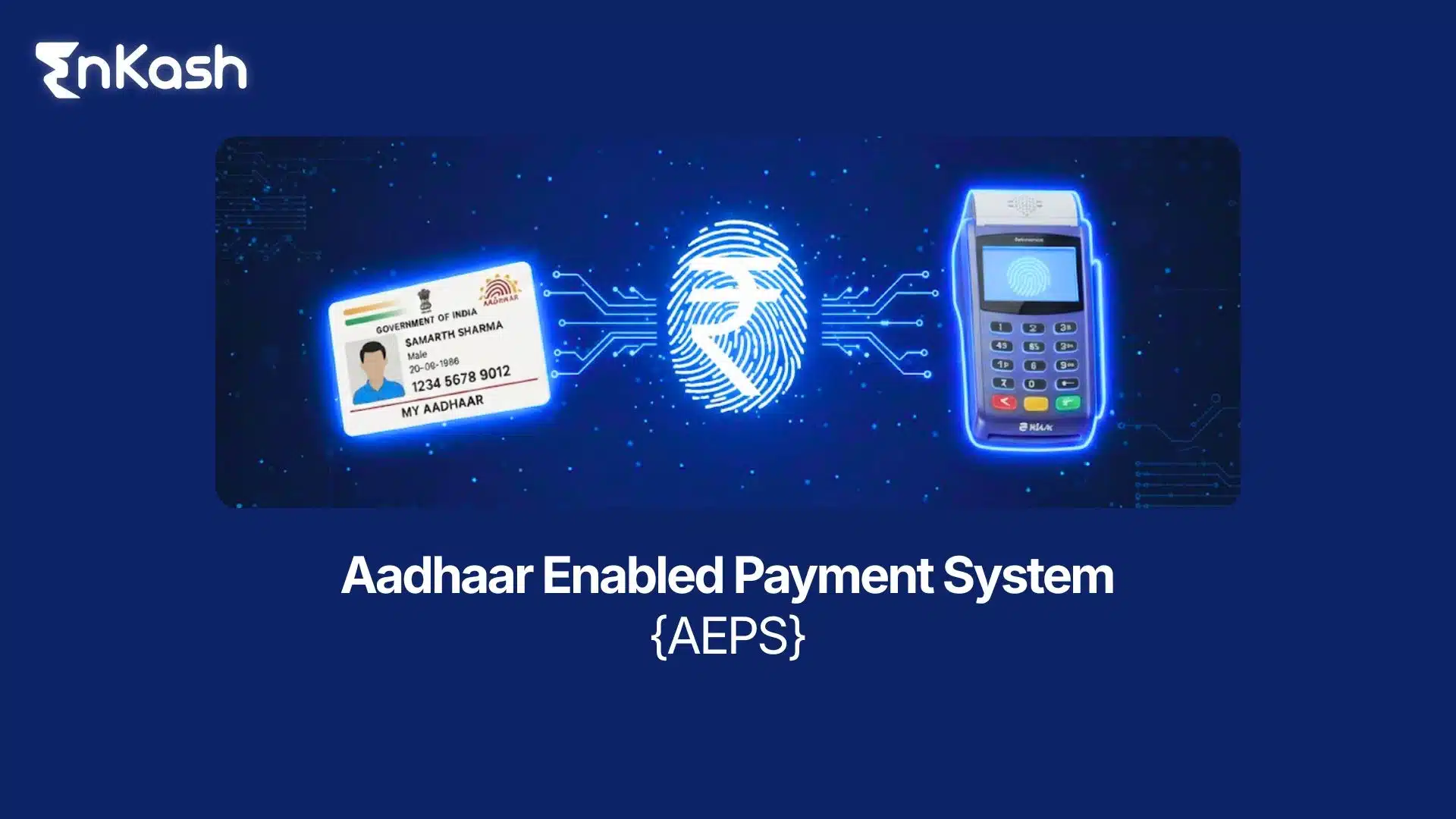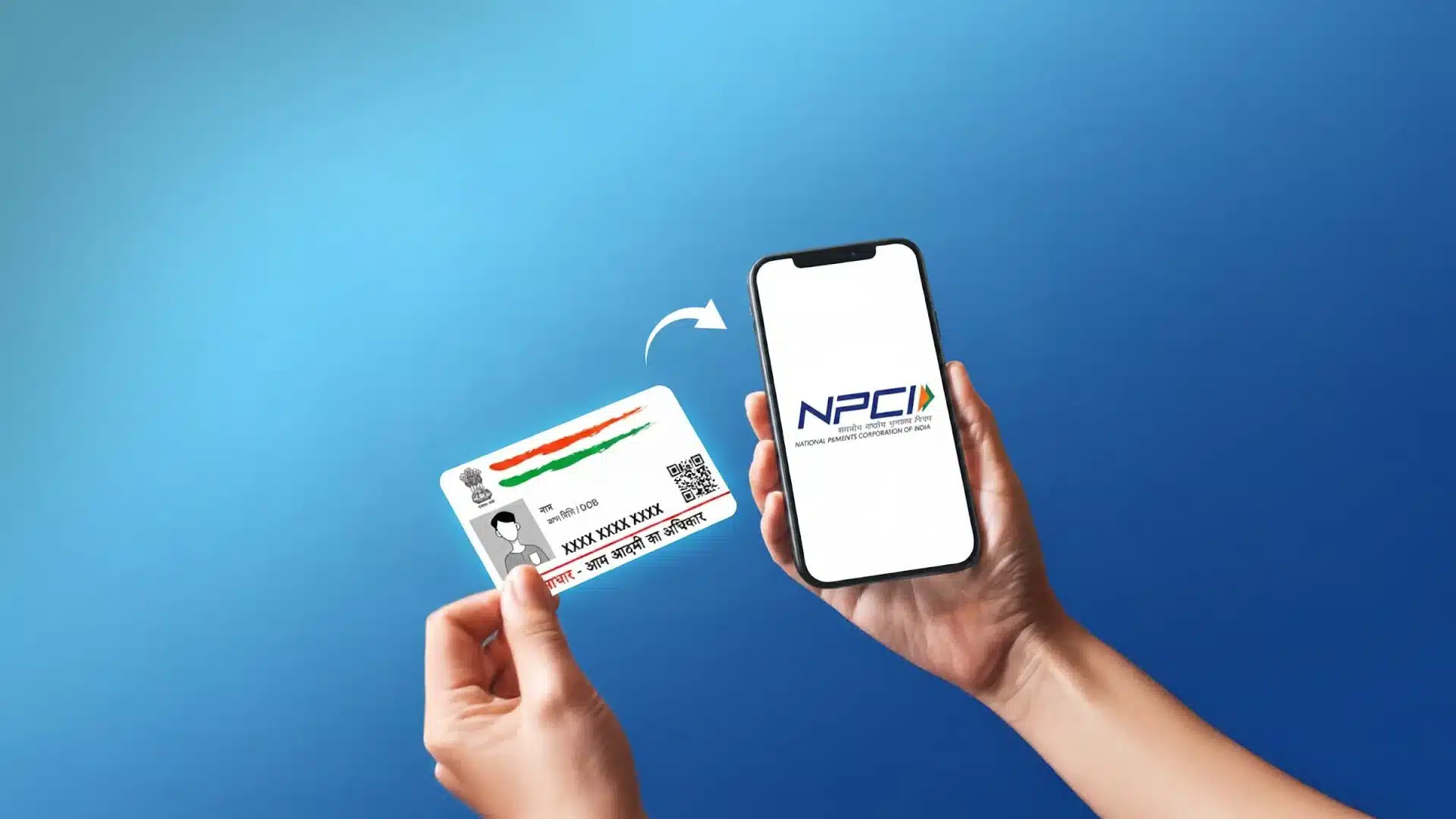Introduction
Your business is growing, but your invoice process isn’t. What worked with five suppliers and ten customers now creates chaos with fifty suppliers and hundreds of invoices monthly. Papers disappear, payments get delayed, and your team spends hours on manual data entry instead of growing the business.
The cost is real: strained vendor relationships, GST compliance headaches, duplicate payments, and unpredictable cash flow. For Indian MSMEs, these problems multiply quickly as manual systems break down under volume.
Modern invoice management systems solve this automatically. They eliminate human errors, accelerate approvals, and provide real-time financial visibility. The question isn’t whether to automate it, it’s how to choose and implement the right solution.
This guide shows you exactly how to transform your invoice chaos into streamlined operations that scale with your growth.
What is an Invoice?
An invoice is a document that requests payment for goods or services you’ve delivered. Think of it as your formal request for money. When you sell products or complete a service, you create an invoice that tells your customer exactly what they owe you and when they need to pay.
Every invoice contains essential information. The invoice number helps you track payments. The date shows when you completed the work. Item descriptions list what you sold. Quantities and prices break down the costs. The total amount due gives the final number your customer needs to pay.
Invoices serve three critical purposes in your business. First, they create a legal record of the transaction. Second, they trigger payment from your customers. Third, they help you track income for tax and GST compliance.
For Indian businesses, invoices carry extra weight. The GST system requires specific invoice formats and information. You must include GST registration numbers, tax breakdowns, and proper descriptions. Missing or incorrect invoice details can lead to compliance issues during audits.
Types of Invoices
Different situations call for different invoice types. Each format serves a specific purpose in recording and settling transactions.
GST Invoices are the standard for most business transactions in India. They include all GST-required fields like GSTIN numbers, HSN codes, and tax calculations. Every registered business must issue GST invoices for taxable sales.
Proforma Invoices work like quotes or estimates. You send them before completing work to show customers what they’ll pay. These aren’t official invoices for GST purposes, but they help set expectations and secure advance payments.
Debit Notes increase the amount a customer owes you. You might send one if you undercharged initially or need to add extra costs. Credit notes do the opposite by reducing what customers owe for returns or adjustments.
Recurring Invoices save time for regular services. Instead of creating new invoices monthly, you set up templates that automatically generate and send at scheduled intervals.
What is Invoice Management?
Invoice management covers everything that happens to invoices in your business. It starts when you create an invoice and ends when you receive full payment. Every step in between affects your cash flow and business relationships.
The invoice lifecycle follows a predictable path. You create the invoice after delivering goods or services. You send it to your customer through email, post, or online portals. The customer receives and reviews it. They approve it for payment. Finally, they send payment, and you mark the invoice as paid.
But real life rarely follows this smooth path. Customers question charges. Invoices get lost in email. Approval processes drag on for weeks. Payment terms get ignored. Each delay costs you money and creates stress.
Good invoice management minimizes these problems. You track every invoice from creation to payment. You follow up on overdue accounts. You maintain accurate records for tax compliance. You spot patterns in customer payment behavior.
Invoice management directly impacts your cash flow. Fast, accurate invoicing gets you paid sooner. Clear payment terms reduce confusion. Consistent follow-up improves collection rates. Better organization prevents lost invoices and missed payments.
For growing businesses, invoice management becomes more complex. You handle more customers, more transactions, and more payment methods. Manual tracking becomes impossible. You need systems that can scale with your growth while maintaining accuracy and compliance.
What is Automated Invoice Management?
Automated invoice management turns your paperwork into digital workflows that run themselves. Upload an invoice, and the software reads it instantly. Set approval rules once, and invoices reach the right people without your involvement. Check payment status on your screen instead of making calls.
Computers handle the boring work. They read invoice data, match details against purchase orders, route approvals to managers, and track payments. You make real business decisions while systems manage data entry and filing.
Everything moves faster. Invoices get approved in days, not weeks. Mistakes are reduced because computers read numbers accurately. You know which invoices need attention without having to search through papers.
How Automated Systems Work
OCR scanning reads invoices faster than humans. When vendors email PDFs, software extracts amounts, dates, names, and product details automatically. You review clean data instead of typing everything manually.
Approval workflows follow rules you create. Small purchases get approved instantly. Medium amounts go to department managers. Large expenses need multiple senior approvals. Systems send alerts, track responsibilities, and remind people about overdue items.
Integration connects everything. Approve an invoice, and accounting entries appear automatically. Send payment, and both systems update simultaneously. Enter information once instead of twice.
Real-time tracking shows the current status. See which invoices wait for approval, which payments are scheduled, and which vendors are overdue. Dashboards provide instant visibility into spending and cash flow.
Types of Solutions
Invoice Management Software focuses on core tasks. These tools capture, approve, and track invoices efficiently. They work when you need better processing without changing your entire accounting system.
Most modern invoice management software is cloud-based.. Access it through web browsers from anywhere. Connect with Tally, QuickBooks, or Zoho Books. Start using it immediately without new hardware or IT staff.
Invoice Management Systems handle broader operations. These platforms manage invoices plus purchase orders, contracts, vendor relationships, and detailed reporting. They include accounting features or integrate with ERP systems.
Systems offer more customization but need longer setup. They suit larger businesses with complex approvals, multiple locations, or hundreds of vendors.
Cloud vs On-Premise Options
Cloud solutions let you start today with minimal setup. Vendors handle updates, backups, and security. Pay monthly and adjust features easily.
On-premises systems give you complete control. Own the software and run it on your computers. This requires IT knowledge but offers maximum security and customization for specific needs.
Scalability for Growing Businesses
Systems that handle 50 monthly invoices might fail at 500. Choose solutions that grow with your business without forcing platform switches later. The best systems manage increased volume, additional users, and new features without disrupting operations.
Vendor Invoice Management
With scalability considerations in mind, the next critical step is establishing efficient vendor invoice processes.
Invoice Intake Process
Different vendors submit invoices through various channels. Set up standardized intake methods to streamline processing:
Email automation captures invoices sent to designated addresses ([email protected]). Software extracts attachments and categorizes them by sender automatically.
Vendor portals offer secure upload interfaces that enable suppliers to submit invoices directly into your system. Configure automatic notifications when new submissions arrive.
Digital scanning converts physical invoices into searchable documents. Use mobile apps to photograph invoices on-site or dedicated scanners for bulk processing.
Data Extraction and Validation
OCR technology reads invoice text and extracts key fields: vendor name, invoice number, amount, date, line items, and tax details. Configure field mapping templates for frequent suppliers.
Automated matching compares extracted data against purchase orders and delivery receipts. Set tolerance levels for price variances that require manual review.
Validation rules check for completeness: required fields, proper formatting, duplicate invoice numbers, and valid vendor codes. Flag exceptions for manual verification before processing.
Approval Workflow Design
Configure approval hierarchies based on invoice amounts and departments:
- Low amounts: Department head approval
- Medium amounts: Manager + finance approval
- Large amounts: Senior management approval
- Set automated routing that assigns invoices to appropriate approvers based on predefined rules. Include backup approvers for when primary approvers are unavailable.
Track approval status with real-time dashboards showing pending items, approval bottlenecks, and average processing times by department.
Payment Processing Integration
Connect with accounting systems to automatically create journal entries when invoices are approved. Sync vendor master data and the chart of accounts.
Link to banking platforms for direct payment initiation. Schedule payments according to vendor terms while maintaining cash flow requirements.
Generate payment files in formats required by your bank (NEFT, RTGS, or bulk upload formats). Maintain audit trails linking payments to original invoices.
Benefits and Implementation Analysis
Cost Reduction Areas
Processing efficiency improvements:
- Manual processing involves significant staff time for data entry, filing, and tracking
- Automated systems drastically reduce labor requirements per invoice
- Staff can focus on strategic tasks instead of repetitive administrative work
Time savings scale with volume:
- Small businesses save several hours weekly on invoice processing
- Medium businesses recover multiple full-time equivalent hours monthly
- High-volume processors eliminate substantial administrative overhead
Approval Speed Improvements
Workflow acceleration:
- Manual routing creates delays as documents move between desks and departments
- Digital workflows eliminate physical handoffs and geographical constraints
- Automated notifications ensure approvers act promptly on pending items
Payment processing acceleration:
- Faster approvals enable earlier payments to capture supplier discounts
- Reduced processing time improves cash flow predictability
- Electronic payments eliminate check printing and mailing delays
Accuracy and Compliance Gains
Error reduction:
- Manual data entry often leads to transcription errors.
- OCR technology maintains high accuracy rates for standard invoice formats
- Automated validation catches errors before they enter your accounting system
Compliance improvements:
- Digital systems maintain complete audit trails automatically
- GST compliance reports are generated quickly instead of requiring manual compilation
- Document retrieval becomes immediate rather than requiring physical searches.
Implementation Considerations
- Investment framework: Consider the total cost of ownership, including software licensing, implementation services, training, and ongoing support, against projected savings from reduced processing costs, eliminated errors, and improved cash flow.
- Timeline planning: Most businesses complete implementation in phases: system setup and data migration, user training and testing, pilot programs with key vendors, and full operational rollout. Plan for gradual adoption to minimize disruption.
- Success measurement: Track processing time per invoice, approval cycle duration, payment accuracy, and user satisfaction. Establish baseline measurements before implementation to quantify improvements.
Risk Mitigation
- Change management: Staff may resist new processes initially. Provide adequate training, highlight personal benefits, and maintain parallel systems during transition periods.
- Vendor adoption: Some suppliers may need encouragement to use new submission methods. Offer incentives for digital adoption while maintaining traditional channels during transition.
- System reliability: Ensure adequate backup procedures, reliable internet connectivity, and vendor support commitments before fully depending on automated systems.
Selection Criteria for MSMEs
Technical Factors
Ease of use determines adoption success. Choose systems with simple interfaces that need minimal training. Complex software sits unused while your team sticks to familiar manual processes.
Integration prevents double work. The system must connect smoothly with your accounting software and bank accounts. Seamless integration eliminates duplicate data entry and keeps information synchronized.
Scalability protects your investment. Pick solutions that grow with your business without expensive migrations. Consider your projected volume and feature needs for the next five years.
Business Factors
Total costs include more than license fees. Calculate setup expenses, ongoing maintenance, training time, and support costs. Compare this total against projected savings to determine real value.
Implementation speed affects when you see benefits. Some systems deploy in weeks, while others need months of configuration. Factor this timeline into your cash flow planning.
Support quality makes or breaks success. Evaluate vendor responsiveness, training resources, and ongoing help availability. Poor support turns good software into expensive frustration.
Compliance Factors
GST readiness ensures current and future compliance. Verify vendors understand Indian regulations and update systems when rules change. This protects you from penalties and audit problems.
Audit trails provide required documentation. Systems must record all changes with timestamps and user identification. Complete records satisfy auditors and resolve disputes quickly.
Data security protects your financial information. Look for encryption, access controls, and reliable backup procedures. Your invoice data contains sensitive business information that needs protection.
Decision Framework
Separate must-have requirements from nice-to-have features. Weight criteria by actual importance to your operations, not vendor marketing claims.
Test systems using your real data. This reveals practical limitations not visible in sales demonstrations. Run actual invoices through finalist systems before deciding.
Check references from similar businesses. Ask about implementation experiences, unexpected challenges, and ongoing satisfaction. Other MSMEs provide honest feedback about real-world performance.
Plan implementation with clear goals. Set specific timelines, assign resources, and define success metrics. Even excellent systems fail without proper planning and management commitment.
Conclusion
Your invoice management will either support your growth or hold it back. Manual processes work with a few suppliers but break down as volume increases, creating cash flow issues and compliance headaches.
Automated systems solve this by handling approvals faster, reducing errors, and maintaining accurate records. Most businesses see improvements within months—better supplier relationships, less administrative work, and easier GST compliance. Start smart: Identify your biggest pain point first. Test automation with key suppliers, then expand once you see results.
Don’t wait until manual processes overwhelm your business. Companies that adopt automation early are better equipped to manage growth and adapt to change. Take action now. Evaluate your current costs, compare automation options, and start with a pilot program. Your future operations depend on the decisions you make today.
FAQs
1. What is invoice management?
Invoice management covers the complete process of handling invoices, from creation to payment. Effective management ensures accurate records, timely payments, and improved cash flow for businesses.
2. Why is invoice management important for Indian MSMEs?
For Indian MSMEs, manual invoice handling can lead to lost invoices, delayed payments, GST compliance issues, duplicate payments, and cash flow unpredictability. Efficient invoice management reduces errors and operational stress.
3. What are the different types of invoices in India?
Common invoice types include:
- GST Invoices: Required for taxable sales with GSTIN, HSN codes, and tax calculations.
- Proforma Invoices: Estimates sent before work completion.
- Debit and Credit Notes: Adjust payments for undercharges or returns.
- Recurring Invoices: Automated invoices for regular services.
4. How does automated invoice management work?
Automated systems use OCR scanning, approval workflows, integration with accounting systems, and real-time tracking to streamline invoice processing, reduce errors, and accelerate approvals.
5. What are the benefits of automating invoice management?
Automation offers:
- Reduced manual data entry and labor costs
- Faster approval cycles and improved cash flow
- Error reduction and accurate GST compliance
- Stronger supplier relationships through reliable payments
6. What solutions are available for invoice management?
- Invoice Management Software: Focuses on core tasks like invoice capture, approval, and tracking.
- Invoice Management Systems: Broader platforms managing purchase orders, vendor contracts, and detailed reporting.
- Cloud vs On-Premise: Cloud allows easy deployment and scalability; on-premise offers maximum control and customization.
7. How can MSMEs select the right invoice management solution?
Consider technical factors (ease of use, integration, scalability), business factors (total costs, implementation speed, support quality), and compliance requirements (GST readiness, audit trails, data security). Test solutions with real data and check references before final selection.
8. How quickly can Indian MSMEs see results after implementing automated invoice management?
Most MSMEs experience measurable improvements in cash flow, operational efficiency, and vendor relationships within three months of implementation.








